Visual Scrap #8
Come procrastinate with me.

Dammit, I was going to write a super insightful, practical AND viral post, but there was so much good stuff I came across in the last couple weeks that I want to pull you down the same rabbit holes I've been down. So here we go.
Playing Cards
I recently discovered the French company Grimaud, but they've been around since 1848, and have a long history of making gorgeous card decks with illustrators and artists. Here is one I love featuring Tuan Pham Ngoc and here is another amazing one featuring the work of Kumi Sugai and here is a set I bought as a gift with Genevieve Lirola.
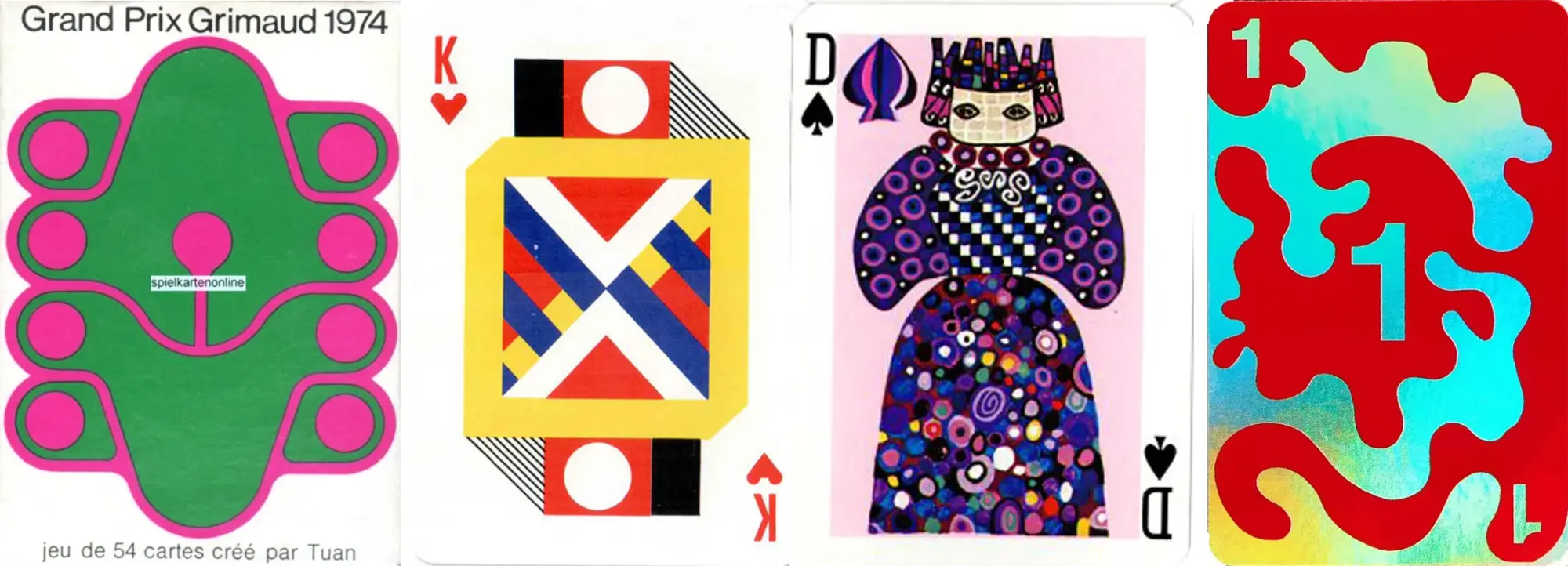
Someone else pointed out to me that UNO is doing artist collab decks as well. So I maybe collect playing cards now, and it's cool because they are (can be) inexpensive and I've already discovered so many illustrators and artists that I may not have otherwise encountered.
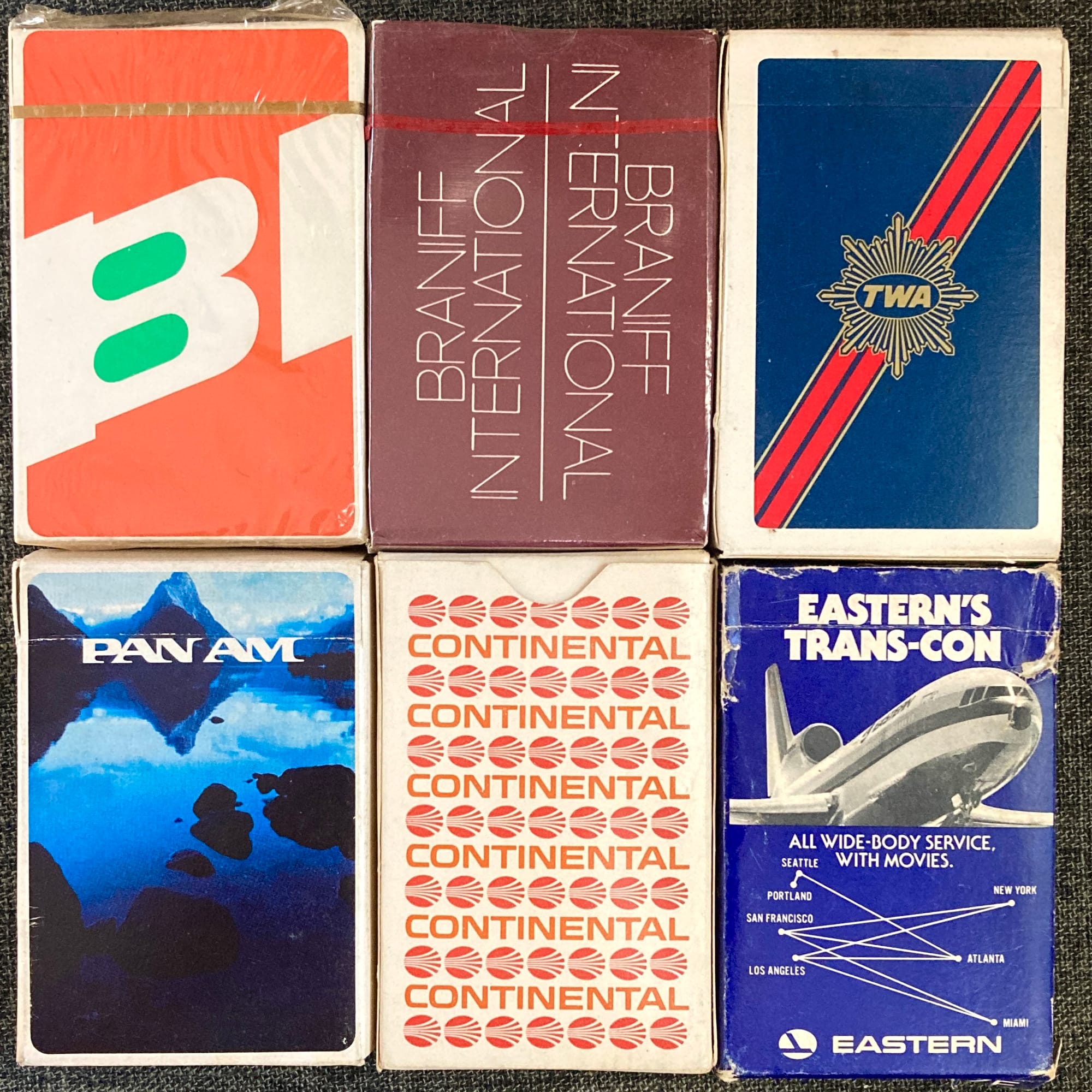
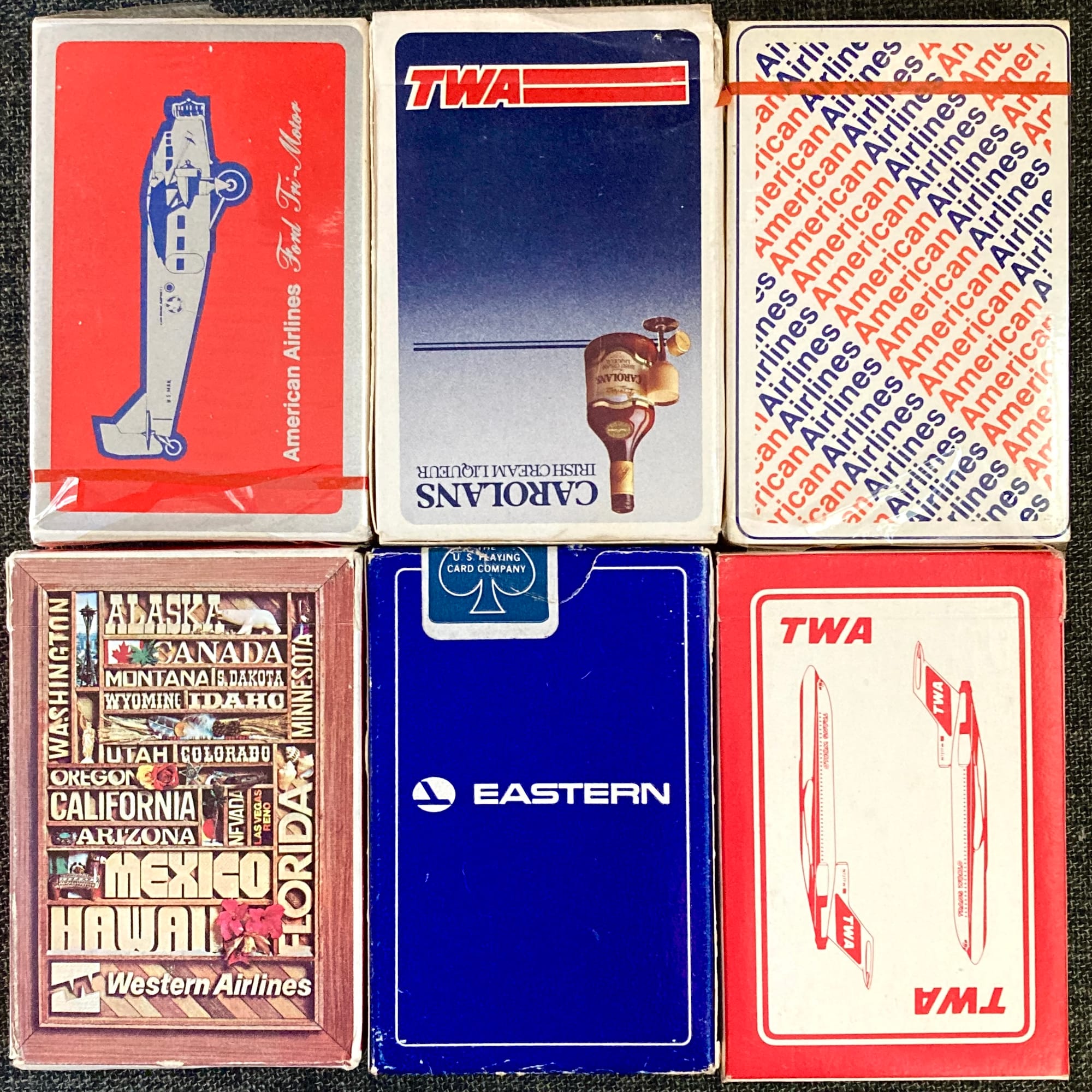
A couple weeks later, a friend of mine gave me a collection of vintage airline playing cards which you used to get for free. Let's bring this back.
Your Personal Archive
I tried to write about this a bit before – how keeping all sorts of useless seeming knowledge and images in your brain is actually really important to being a designer. But Daniel Handler, being a writer, described it much better than me. When you see the word "literary" or "writing" just insert "design" in your head.
"But the most important literary canon is one's own – not just a list of favorite books or what have you, but the individual moments, the twists of plot or turns of phrase, the tiny secret reasons you love what you love. This canon keeps you company, gives you comfort and delight. You can take little bits of it with you when you go sit somplace, and sometimes you can do something with them, aside from just marveling at them for the umpteenth time. I encourage people who want to be writers to delineate and study this canon, their own, above every other. I don't think anyone I tell to do it does it. Everyone has to learn for themselves. Nevertheless, this is how I do it."
Paper Sizes
I really hope I get hate mail here, but I prefer the metric system. We used it exclusively in photography for darkroom work, and you can't change my mind. But I never really thought much about the universal (except for the US) A system of paper sizes until this explainer from Hannah Fry. Wouldn't it be helpful if you had to resize something and it could keep the same proportion?
MacTable
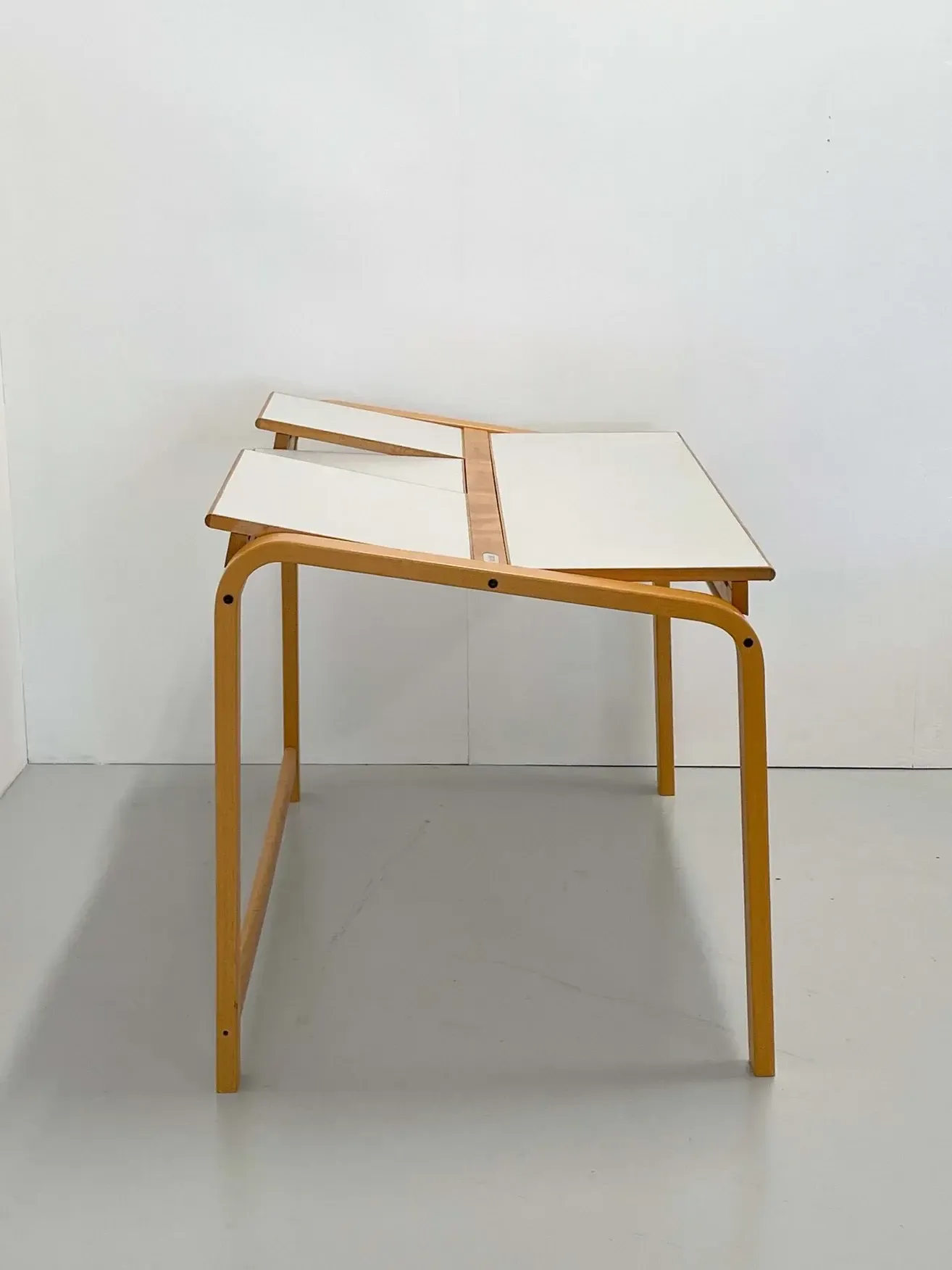
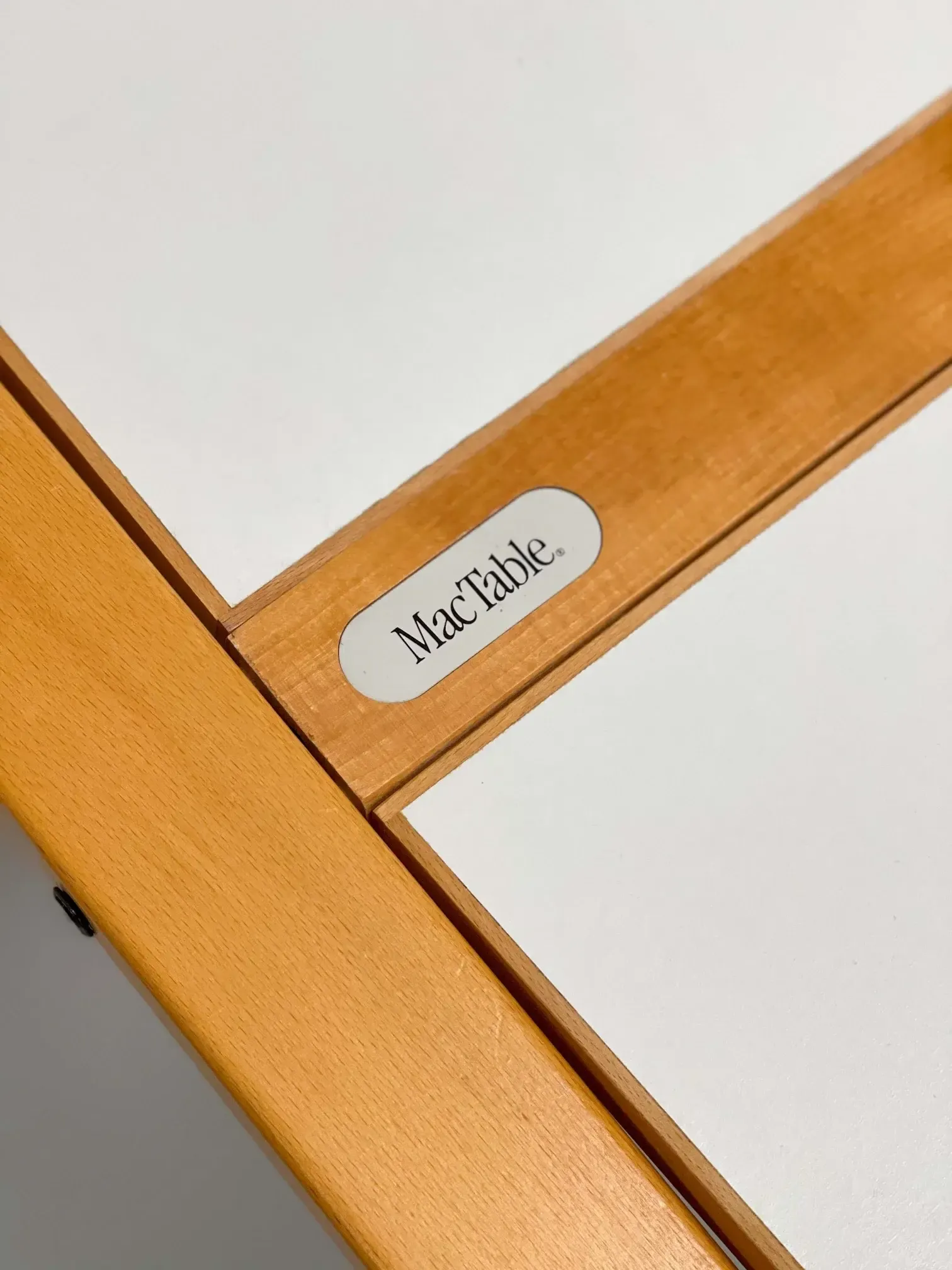
"The MacTable was designed for the Apple computer in the 80s. Manufactured by Nordic company Scanco, the table draws inspiration from Alvar Aalto’s iconic L-leg table design and features adjustable panels to accommodate multiple configurations." This version (quote source) has an accompanying cabinet. It's a great combo of a computer desk and a drafting table. Totally customizable and it doesn't look dated in the least. Do I want or need it? Yes.
You can also check out vintage ads for it here, but the website is in itself a rabbit hole. Proceed with caution.

